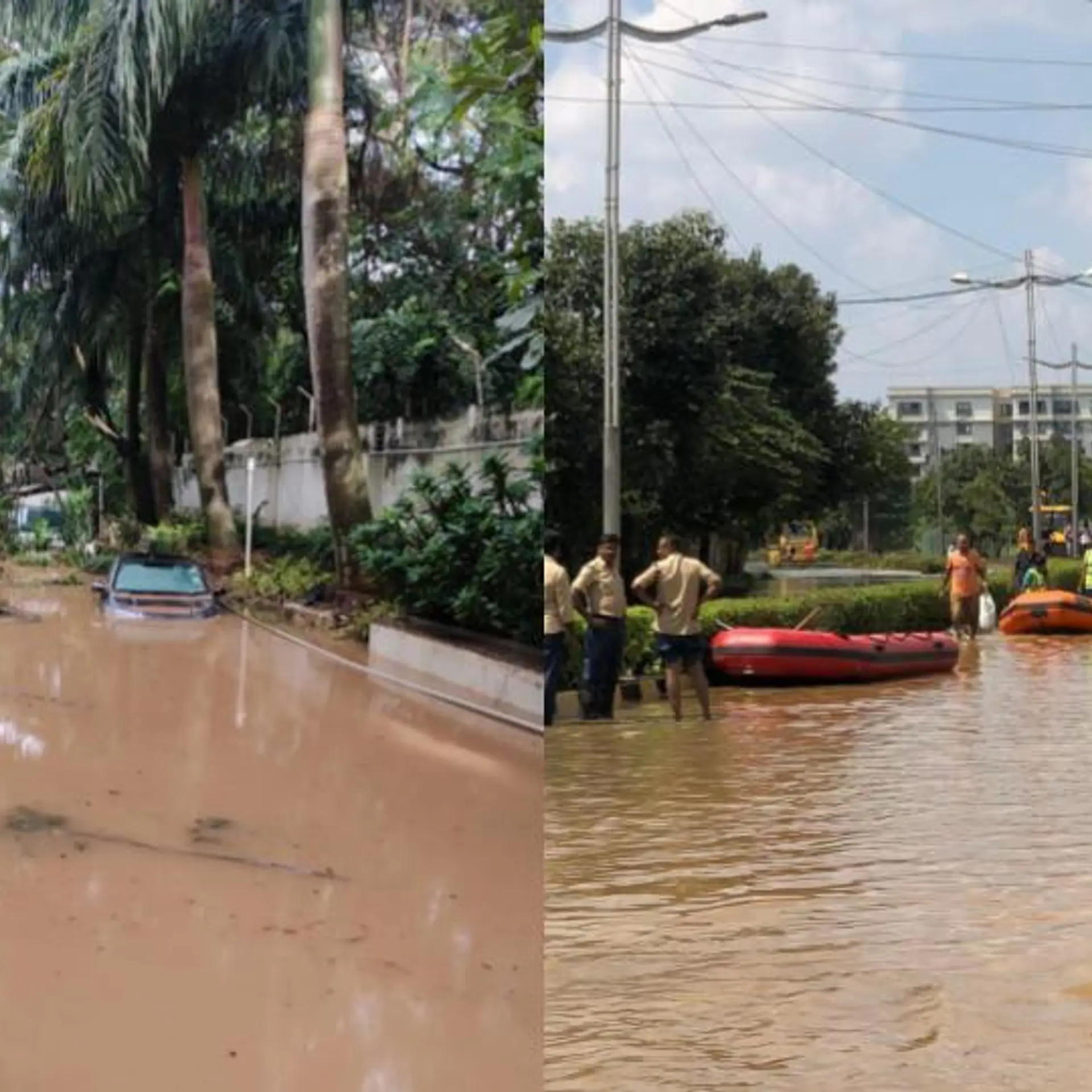Paramotor aims to reach POS solution to small town retailers
The company plans to roll out its digital payment solutions for mom-and-pop stores - with international card acceptance capabilities.
At a glance:
Startup: Paramotor
Year it was founded: 2016
Founders: Sonia Asher and Rahul Anand
Where it is based: Mumbai
Problem it solves: They provide digital payment solutions for retailers in small towns
Sector: Fintech
Funding: Self-funded
India is a land of retailers. According to E&Y data, there are 12 million mom-and-pop stores in the country. Yet, for every one million people, there are only 693 POS (point of sale) systems. This gap presents a huge opportunity for startups to help consumers access their kirana store on a digital platform, and exactly what Sonia Asher and Rahul Anand decided to tap.
The two professionals from the IT and payments domain started questioning the difficulty of access to payment ecosystems in smaller towns. In answer, they launched Paramotor, a payments solution provider for all types of payment processing needs. The omni-channel payment processing platform helps merchants accept payments from customers across all sales channels and devices. The duo also plan to role out not only POS Devices and digital solutions such as Aadhar Enabled Payment Systems across India.
Sonia was earlier VP at Global Payments, a NASDAQ-listed company, while Rahul was in the hospitality and IT domain for a decade.
Sonia and Rahul met at Global Payments, as he was selling the company’s solution in North India. “In our meetings, we identified a huge gap, a need, and an opportunity to push payment solutions in Tier-III and Tier-IV locations,” says Sonia.
They outsourced manufacturing to China. They also tied up with MRL Posnet, whose technology sits in the device and transactions are settled through Corporation Bank for Visa, MasterCard and Rupay transactions.
Prior to demonetisation of high-value currency notes, there were just 1.5 million POS devices in India according to data from the RBI. Today, there are close to 3.3 million POS solutions in the country, and this number estimated to grow to 7.6 million by 2022.

The POS penetration in Tier-III and Tier-IV locations is low and there are several reasons for the same.
- Access to POS services was limited to only a few large private and public sector banks and third-party service providers, who offered POS devices with a low focus on rural India
- There was a high turnaround time in merchant onboarding and activation
- High cost of terminals and higher costs of deployment and maintenance
- Poor after sales service leading to interruption of card acceptance at merchant locations
Paramotor and team came up with a solution that would change the dynamics.
According to a 2015 E&Y report, Brazil has 32,995 POS terminals per million population, and China and Russia have 4,000 terminals per million population each.
According to E&Y India, the POS terminals market stood at $235.57 million in 2016, and is forecast to exhibit a CAGR of more than 11 percent in value terms during 2017-2022 to reach $ 724.14 million by the end of 2022, primarily owing to increasing government focus and initiatives aimed at digitising the country’s economy.
Solutions provided
- Paramotor started a distributor/referral model that creates a new generation of entrepreneurs, educating local retailers, and training and equipping them to be part of the network. This is completely a variable cost for the retailer, thanks to an efficient distribution model.
- Paramotor activates all retailers in 24 hours
- Paramator provides sale and cash withdrawal options and EMI & QR based payment facility. These devices are also GPRS and Wifi variants with 48 hours battery backup, leading to an increase in penetration in remote locations.
- Minimal after-sales issues and quick resolution through remote diagnostics capability.
The journey so far
The founders spent the first six months building the POS systems out of Mumbai. Later, they created systems that would recognise all bank cards and offered solutions such as digital retail stores, mPOS, IVRS payments and payment gateways. The company claims that it is generating a monthly revenue of $1 million this financial year.
“We started at a time when institutions were taking weeks to deploy a single terminal. There was a demand due to government push, so finding our first set of customers was fairly easy. They came through references from friends, relatives, and ex-colleagues. We had limited resources and so wanted to keep a very lean and cost-efficient distribution model,” says Sonia.
By mid-2017, they soon built an outbound-contact center that started engaging prospective distributors and referral partners. They are now present in 10 states namely Gujarat, Odisha, Punjab, Karnataka, Andhra Pradesh, Assam, West Bengal, Bihar and Uttarakhand.
They currently process over six million transactions and volumes of approximately $10 million per month. They are deploying over 1,000 terminals per month, and aim to deploy 1, 00,000 devices over the next two to three years.
The company’s objective is to be an omni-channel service provider and will soon be rolling out its online payment gateway for mom-and-pop stores, with international card acceptance capabilities, if they have an international play planned as many second-generation retailers are going global.
Revenue streams of Paramotor
- One time setup fees
- Device monthly rental
- Merchant service fee
- Value-add service charges
The company broke-even in March 2018 and it does not want to reveal the cost of its devices. It competes with the likes of Ezetap, Payswiff, Mahindra Comviva, Mswipe, iKaaz and ePaisa.
“Payments will remain a big business. But, it takes a long time to scale up if one is selling hardware and is dependent on the increase of digital payments in smaller cities,” says V Ganapathy of Axilor Ventures.







